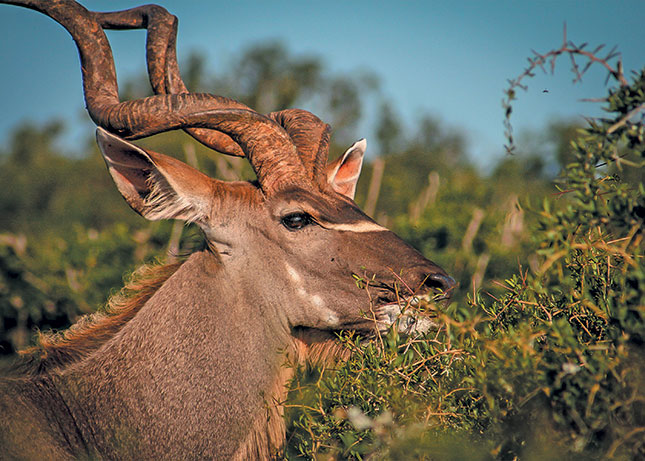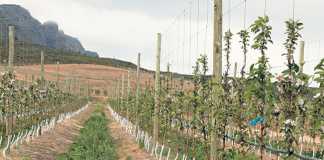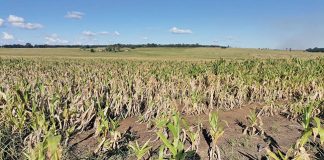
Millions of years ago, Africa was covered with thick forests. These disappeared and left the continent with the grassy ecosystems of today.
Almost a fifth of the world’s land surface is covered by savannas. Yet until recently, it was unclear how these grassy ecosystems came to replace the ancient forests, according to a release by the University of the Witwatersrand (Wits).
Now a study in which a team of South African scientists took part has found that the arrival of browsing medium-sized antelopes probably resulted in the formation of the savannas.
By comparing the timing of the evolution of thorns on about 2 000 woody tree species in Southern Africa, and antelope arriving in Africa, the researchers found that trees such as African acacias evolved thorns as a defence mechanism at the same time as antelope arrived in Africa.
“Spines [thorns] really appear to be most effective against medium- and large-sized browsers such as impala and kudu, and spiny trees are most common in the places where these animals are most abundant,” says Dr Gareth Hempson of the School of Animal Plants and Environmental Studies at Wits, and a member of the research team.
Hempson developed a herbivore biomass map of Africa while a post-doctoral fellow at Wits and the University of Cape Town.
The study, published in Proceedings of the National Academy of Sciences (PNAS), analysed the distribution of nearly 2 000 woody species in Southern Africa and found that spiny plants are most common in arid savannas with high densities of mammal browsers.
The study used DNA data to reconstruct the history of spiny plant evolution and date the evolutionary origins of spines.
It was found that spiny plants first appeared about 15 million years ago. For most of this time, Africa was an island continent dominated by now-extinct ancestors of browsing elephants and hyrax.
Antelope were latecomers to Africa, appearing only after the continent collided with Eurasia. This injection of new types of browsers demolished young forest trees, opening up forests to the grass invaders.
The loss of Africa’s native browsing antelope in modern times may threaten the future of drier savannas, and lead to their replacement by dense, woody scrub of little ecological or economic value, according to the release.
Email Dr Gareth Hempson at [email protected].













